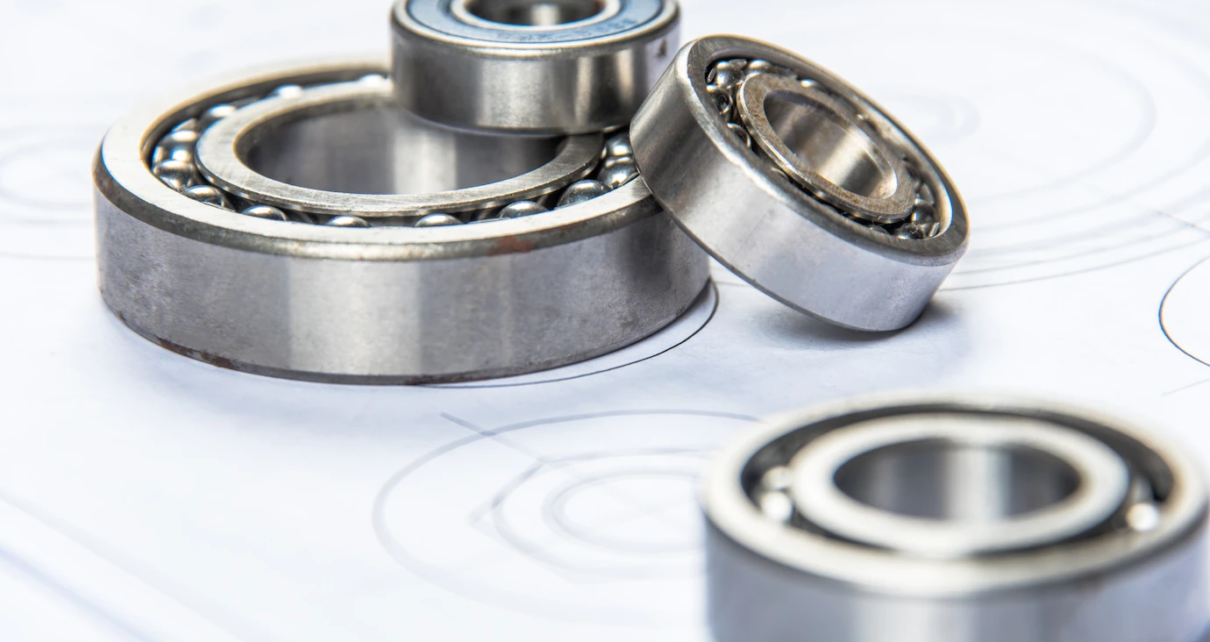Today’s market offers a wide range of housing-bearing types, each with special qualities and advantages of its own. These bearings are built to deliver dependable, durable performance in a range of machinery and applications. Radial ball bearings, angular contact bearings, and tapered roller bearings are the three most typical kinds of housing bearings.
Heavy-duty applications call for the use of tapered roller bearings, which can withstand significant radial and axial stresses. For situations where radial loads are the main focus, radial ball bearings are used. These bearings, which offer high speed and accuracy, are frequently utilized in power tools and electric motors. Applications requiring both axial and radial loading call for the use of angular contact bearings.
The Benefits Of Utilizing Housing Bearings
For a variety of applications, using bearing housing is a great alternative. These bearings are better protected from dust, dirt, and other pollutants than conventional bearing housing since they are encased within a housing. Additionally, although being incredibly lightweight, they offer better stability and strength because of their design.
They are, therefore, perfect for applications that require accuracy and dependability without placing a burden on the device or system. Furthermore, housing bearings require very little effort and labour expense to install and maintain. They are, therefore, an affordable alternative for companies and projects that require dependable and effective bearings. In the end, housing bearings provide improved performance, safety, stability, and affordability.
Maintenance Advice For Housing Bearings
It’s crucial to adhere to a regular maintenance schedule in order to guarantee that your housing bearings stay in top shape. To find any wear or damage, this calls for routine inspections and cleaning. If the bearings are utilized in a tough environment, it is advised that you test them more frequently or at least once every three months. Visual checks should be made to ensure that the bearings are greased, clean, and in good shape. The bearings should be fixed or replaced as soon as feasible if any damage is discovered.
Always regularly check housing bearings for wear and fatigue. Verify that there are no obvious corrosion or cracks, and make sure that all fasteners are securely fastened. Take urgent action to repair or replace the bearings if any damage is found.
Grease your housing bearings in accordance with the manufacturer’s directions using an appropriate lubricant. The application and environment will determine the kind and quantity of lubricant used. It’s crucial to frequently check the lubricant levels and top them out.
Typical Designs For Bearing Housings
The design of the housings has a significant impact on the performance of the bearing and the system as a whole. Bearing housings are essential parts used in many different industries and applications. Pillow block, flange block, take-up block, cartridge, and hanger block types are examples of common bearing housing designs.
Flange block housings are better suited for usage in conveyor systems, while pillow block housings are more frequently employed in automotive and agricultural applications. The most common applications for take-up block housings are conveyor systems and other settings that call for adjustable components. While hanger block housings are utilized in a variety of applications that demand a strong, heavy-duty design, cartridge housings are often used in applications that ask for a small footprint.


